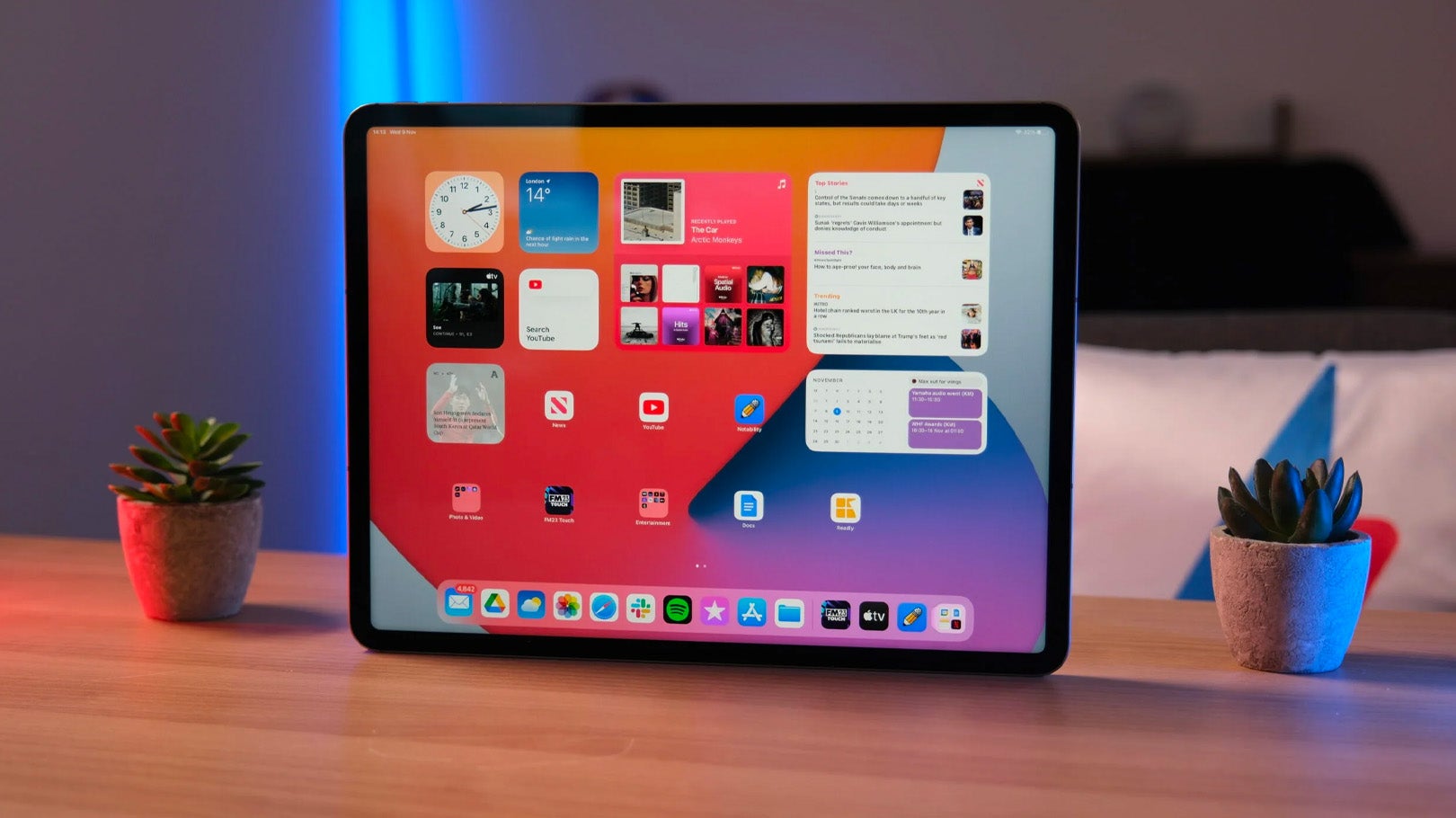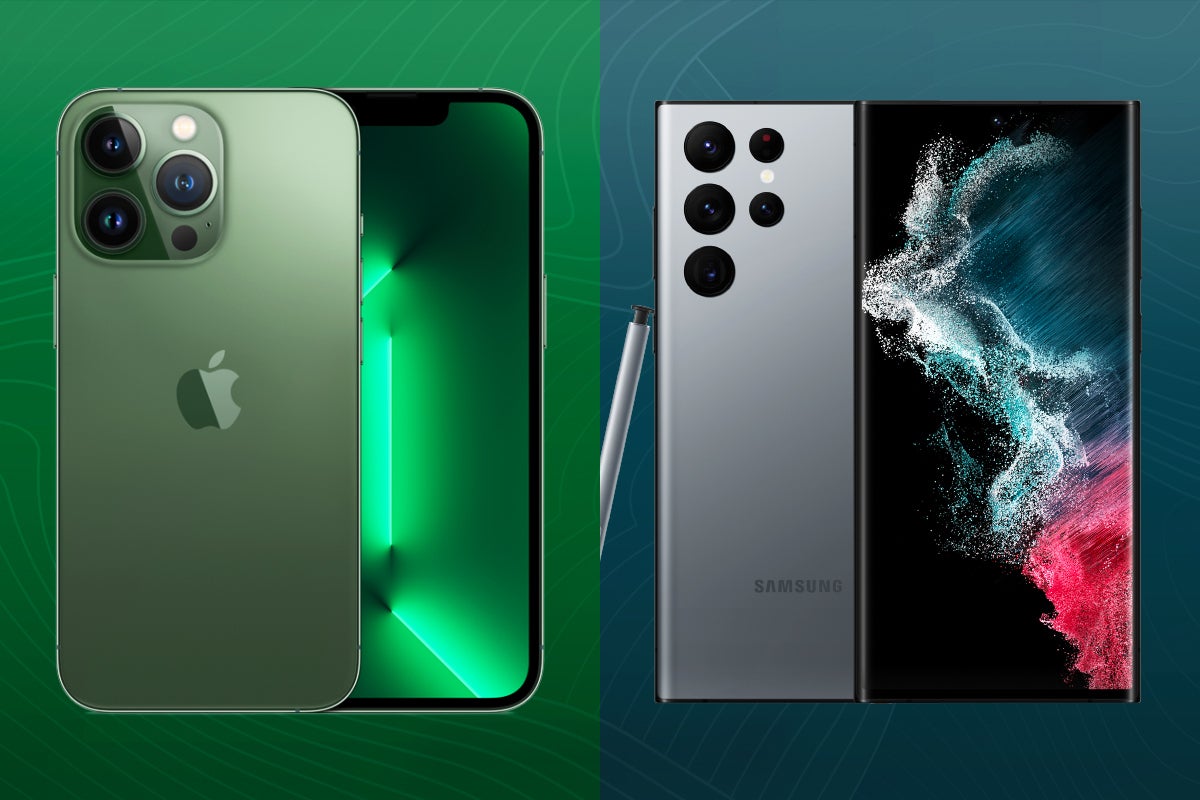What is an Apple Retina XDR display? The screen tech on the iPhone and iPad explained

XDR displays are available on all sorts of Apple products, from desktop monitors to the iPhone. But what is an XDR display?
Despite featuring in many of its products, Apple hasn’t explained what an XDR display is all that well. We’ve put together this guide to help you understand Retina XDR and its the different versions across Apple’s product lines.
What is Apple Retina XDR display?
If you’re familiar with HDR – or High Dynamic Range – you may have guessed that the XDR in Retina XDR stands for ‘Extreme Dynamic Range’.
Where HDR improves the contrast on displays (bright whites, deep blacks), Apple uses a different backlighting method to push contrast to the extreme. At least, that’s what Apple says.
Take the 2019 Pro Display XDR monitor. It uses a large number of individually calibrated blue LEDs to form the backlight. Apple then applies its own algorithm to modulate each LED based on the content, using custom lenses and reflectors to control the light. The Retina XDR display on this model can apparently maintain 1000 nits of full-screen brightness and a peak of 1600 nits. For comparison’s sake, Apple says a standard desktop display is capable of around 350 nits.
What is Super Retina XDR?
Apple brought its XDR tech to the iPhone in 2019 with the Super Retina XDR screens found on the iPhone 11 Pro and iPhone 11 Pro Max. The company has continued to employ the tech with its iPhone 13 series.
Super Retina XDR is the successor to Super Retina, a display that featured on the iPhone X. It has a contrast ratio of 2,000,000:1 – twice that of the previous Super Retina screens (both displays support Dolby Vision and HDR10 standards).
Unlike the screen on the Pro Display XDR, the Super Retina XDR OLED displays don’t require a backlight, with light instead emitting through each pixel for a thinner display.
What is Liquid Retina XDR?
In 2021, Apple launched the 12.9-inch iPad Pro (5th gen), introducing another version of XDR – Liquid Retina XDR.
The biggest difference between XDR and Liquid Retina XDR is the back end technology. Liquid Retina screens employ over 10,000 mini-LEDs spread across 2,500 individually controlled dimming zones, offering the same 1,000,000:1 contrast ratio and 1600 nits peak brightness seen on the iPad Pro’s Pro Display XDR screen.
The mini-LEDs are 20% smaller than standard LEDs, which in theory should allow the iPad to avoid the blooming effect found on typical local dimming systems. That’s not always the case and blooming can still occur with some content.
XDR displays are available on all sorts of Apple products, from desktop monitors to the iPhone. But what is an XDR display?
Despite featuring in many of its products, Apple hasn’t explained what an XDR display is all that well. We’ve put together this guide to help you understand Retina XDR and its the different versions across Apple’s product lines.
What is Apple Retina XDR display?
If you’re familiar with HDR – or High Dynamic Range – you may have guessed that the XDR in Retina XDR stands for ‘Extreme Dynamic Range’.
Where HDR improves the contrast on displays (bright whites, deep blacks), Apple uses a different backlighting method to push contrast to the extreme. At least, that’s what Apple says.

Take the 2019 Pro Display XDR monitor. It uses a large number of individually calibrated blue LEDs to form the backlight. Apple then applies its own algorithm to modulate each LED based on the content, using custom lenses and reflectors to control the light. The Retina XDR display on this model can apparently maintain 1000 nits of full-screen brightness and a peak of 1600 nits. For comparison’s sake, Apple says a standard desktop display is capable of around 350 nits.

What is Super Retina XDR?
Apple brought its XDR tech to the iPhone in 2019 with the Super Retina XDR screens found on the iPhone 11 Pro and iPhone 11 Pro Max. The company has continued to employ the tech with its iPhone 13 series.
Super Retina XDR is the successor to Super Retina, a display that featured on the iPhone X. It has a contrast ratio of 2,000,000:1 – twice that of the previous Super Retina screens (both displays support Dolby Vision and HDR10 standards).
Unlike the screen on the Pro Display XDR, the Super Retina XDR OLED displays don’t require a backlight, with light instead emitting through each pixel for a thinner display.

What is Liquid Retina XDR?
In 2021, Apple launched the 12.9-inch iPad Pro (5th gen), introducing another version of XDR – Liquid Retina XDR.
The biggest difference between XDR and Liquid Retina XDR is the back end technology. Liquid Retina screens employ over 10,000 mini-LEDs spread across 2,500 individually controlled dimming zones, offering the same 1,000,000:1 contrast ratio and 1600 nits peak brightness seen on the iPad Pro’s Pro Display XDR screen.
The mini-LEDs are 20% smaller than standard LEDs, which in theory should allow the iPad to avoid the blooming effect found on typical local dimming systems. That’s not always the case and blooming can still occur with some content.





